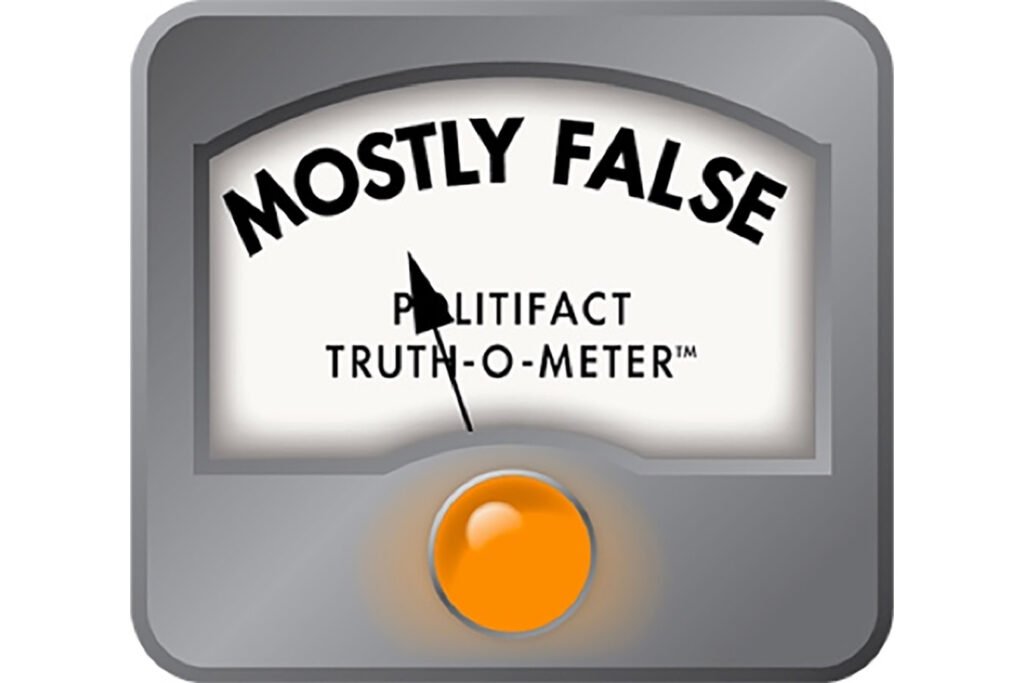Conclusion
In summary, Russell Vought’s claim that “one out of every $5 or $6 in Medicaid [payments] is improper” is significantly higher than the official rate reported by the Centers for Medicare & Medicaid Services. While there are concerns about the accuracy of the official numbers, experts caution against drawing firm conclusions based on limited data. It’s important to note that improper payments are not necessarily indicative of fraud, waste, or abuse, but rather can result from administrative errors or oversights. As the debate over Medicaid funding continues, it will be essential to consider all aspects of program integrity and efficiency to ensure that taxpayer dollars are being used effectively and appropriately.
For more information on this topic, visit PolitiFact and KFF.
Overall, the issue of improper payments in Medicaid is a complex one that requires careful analysis and consideration of all factors involved. It is important to strive for accuracy and transparency in reporting these numbers to ensure that the Medicaid program is operating efficiently and effectively for all beneficiaries.
As the debate over Medicaid funding continues, it will be essential to consider all aspects of program integrity and efficiency to ensure that taxpayer dollars are being used effectively and appropriately.
For more information on this topic, visit PolitiFact and KFF.
Medicaid fraud is a serious issue that impacts the healthcare system and costs taxpayers billions of dollars each year. While some may assume that fraud in Medicaid is primarily committed by enrollees, the reality is quite different. According to Jennifer Wagner, director of Medicaid eligibility and enrollment at the Center on Budget and Policy Priorities, the vast majority of fraud in Medicaid is actually committed by providers or other actors within the system.
Recent data from the Centers for Medicare & Medicaid Services (CMS) in 2024 revealed that the official improper payment rate in Medicaid was about 5%. This rate is significantly lower than the 16% to 20% rate mentioned by Russell Vought, a health policy analyst and former Trump adviser. However, Vought suggested that methodological shortcomings in the agency’s analysis could mean that the actual rate of improper payments is as high as 25%.
While it is possible that the rate of improper payments in Medicaid is higher than the 5% reported by the government, the exact figure remains speculative. The Government Accountability Office has also highlighted the challenges in accurately estimating the rate of improper payments in federal programs.
It is important to address fraud in Medicaid to protect taxpayer dollars and ensure that funds are being used appropriately to provide healthcare services to those in need. Efforts to improve program integrity and reduce fraud and abuse are ongoing, with various organizations and experts working to identify and address fraudulent activities within the Medicaid system.
In conclusion, while it is true that fraud in Medicaid is a significant issue, the statement that one out of every $5 or $6 in Medicaid payments is improper is mostly false. The actual rate of improper payments is lower, but the need for continued vigilance and efforts to combat fraud in the Medicaid program remains a priority for policymakers and stakeholders.


